In the amber-glowing world of whiskey, a revolution has been quietly brewing, and no, it’s not just the yeast working its magic in the distillery. It's the rise of women in whiskey, breaking barrels and stereotypes, shaping the bourbon industry one sip at a time. Gone are the days when whiskey was considered a "man's drink," and the only spirits women were expected to conjure were those from the kitchen. Today, women are not just sipping bourbon alongside their male counterparts; they're crafting it, marketing it, and leading the charge in one of the most traditionally male-dominated industries. So, let's raise our glasses to the women who add a dash of sass to the bourbon glass.
The Matrons of Mash: Pioneering Women of Whiskey
To truly appreciate the role of women in whiskey, we must first tip our hats to the trailblazers. From Helen Cumming of Cardhu Distillery in the 19th century, who would famously raise a red flag to signal to neighbors that a fresh batch was ready (talk about the original social media), to the legendary Marge Samuels of Maker’s Mark, who not only helped design the distillery's iconic bottle and label but also established the brand’s entire aesthetic. These women were not just footnotes in history; they were authors of their own stories, shaping the industry with both grace and grit.
The Science of Sipping: Women in Whiskey Today
Fast forward to today, and the influence of women in the whiskey world has only deepened. Women hold prominent roles across all facets of the industry, from distillation and blending to marketing and management. They're the master distillers crafting the liquid gold, the sensory scientists ensuring each batch meets the nose, and the CEOs leading global brands. Women like Marianne Eaves, Kentucky's first female master distiller since Prohibition, and Victoria Eady Butler, a descendant of Uncle Nearest Green and master blender at Uncle Nearest Premium Whiskey, are not just participating in the whiskey world; they are defining it.
Breaking the Glass (Ceiling) One Bottle at a Time
The rise of women in whiskey is not just about employment statistics or leadership positions; it's about breaking the glass ceiling, one bottle at a time. Women are bringing new perspectives, flavors, and ideas to the table, proving that the art of whiskey-making benefits from diversity. They're challenging the notion that whiskey is a "man's drink" by creating spaces that are welcoming to all enthusiasts, regardless of gender. Women-led whiskey clubs, tastings, and educational platforms are demystifying the spirit and creating inclusive communities of whiskey lovers.
The Flavor of Change: How Women Are Influencing Whiskey Profiles
One of the most exciting aspects of the women-led whiskey revolution is the influence on flavor profiles. With a keen understanding of nuance and complexity, women in whiskey are expanding the palate of the bourbon industry, introducing innovative blends, finishes, and aging processes. They're experimenting with everything from wine-barrel finishes to incorporating local grains, crafting whiskeys that appeal to a broad audience and challenge traditional expectations. The result? A richer, more diverse whiskey landscape that reflects the wide range of palates and preferences among drinkers today.
Marketing with a Twist: Changing the Narrative
Women are also changing the game in how whiskey is marketed and perceived. Moving away from the rugged, masculine imagery that once dominated whiskey advertising, brands are now embracing storytelling that highlights craftsmanship, heritage, and inclusivity. Women in marketing roles are leading this shift, showcasing whiskey as a drink for everyone, with campaigns that speak to a broader, more diverse audience. This shift not only attracts new consumers but also fosters a more inclusive culture within the whiskey community.
Education and Empowerment: Pouring Knowledge into Every Glass
Beyond production and marketing, women are also at the forefront of whiskey education and empowerment. From hosting whiskey masterclasses to writing books on the subject, they are demystifying the distillation process, sharing their vast knowledge, and encouraging more women to explore careers in the industry. These educational efforts are not just about promoting whiskey; they're about fostering a culture of empowerment, where women feel welcomed and valued in every aspect of the whiskey world.
The Spirit of Collaboration: Women Leading the Way
Perhaps one of the most remarkable impacts of women in the whiskey industry is the spirit of collaboration they foster. In an industry that can be fiercely competitive, women are building networks of support, mentorship, and camaraderie. They're working together to address challenges, from navigating the complexities of distillation to breaking through marketing stereotypes, proving that when women support women, the whole industry thrives.
A Toast to the Future
As we look to the future, it's clear that the influence of women in the whiskey industry will only continue to grow. With each barrel and bottle, they're not just shaping the present; they're distilling the future of bourbon, one where diversity, innovation, and inclusivity are the main ingredients. So, here’s to the women in whiskey—may your spirits always be high, your barrels full, and your influence boundless.
In closing, the next time you enjoy a sip of bourbon, remember the women who made it possible. From the pioneering matrons of mash to the contemporary queens of the craft, women have always been, and will continue to be, integral to the whiskey world. They bring not just a dash of sass to the bourbon glass but a whole lot of passion, innovation, and skill. So, here’s to women in whiskey—may your glasses always be half full and your impact immeasurable. Cheers! 🥃
Check out our Bourbon Aroma Training Kits!
www.schoolofwineandspirits.com



Share:
The Art of Bourbon Cocktail Crafting: Stirring Up Tradition with a Twist
Bourbon Collecting: Tips for Starting Your Collection with a Splash of Spirit